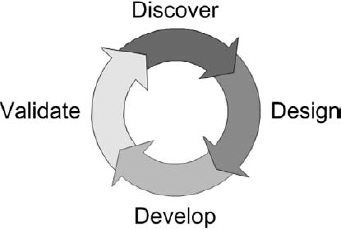Chapter 17. Ten Keys to Successful Microsoft Business Intelligence
In This Chapter
Getting comfortable with an iterative approach
Securing executive-level sponsorship
Analyzing your current environment
Creating an implementation plan
Picking the right people for the implementation team
Fostering an inclusive environment
Establishing a culture of communication and collaboration
Beginning with the right goals
Minimizing risk
Keeping the big picture in mind
There are many paths to the top of the mountain, but the view is always the same.
Some strategies for implementing Microsoft Business Intelligence are already coming to the fore, even though the field is relatively new. Try the following ten keys to success and see which ones unlock the potential of your BI implementation. (My bet is that they'll all help. I'll also bet you saw that one coming.)
Reiterating an Iterative Approach
Yep, this is a theme I harp on elsewhere in the book, but only because (a) it can bring heavenly business results but (b) it may take some getting used to at first. The iterative approach to BI implementation (see Chapter 12 for details) breaks up the project into specific BI components and introduces them in small, iterative cycles, each one following a complete set of stages before circling back to the beginning, incorporating what's been learned, and sallying forth again (as shown in Figure 17-1).

Figure 17.1. An ...
Get Microsoft® Business Intelligence For Dummies® now with the O’Reilly learning platform.
O’Reilly members experience books, live events, courses curated by job role, and more from O’Reilly and nearly 200 top publishers.

